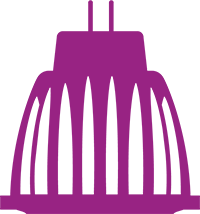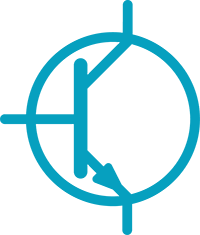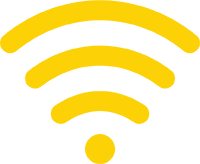Project Objectives
The main task will be performing a scoping study that explores the two main topics:
Non-Intrusive Appliance Load Monitoring (NIALM) and Smart Metering Consumption (SMC).

Project Team
Lead Countries: Austria and Switzerland
Contractors:
- iHomeLab, Lucerne University of AppliedSciences and Arts, Switzerland
- “ECODESIGN company”, Engineering & Management Consultancy GmbH, Vienna, Austria
Smart Metering Consumption (SMC)
More and more countries worldwide are on their way to implement smart grids. Connecting a household, factory, production plant or other end-user to a smart grid requires suitable hardware – a smart meter – and possibly additional devices which have to be supplied with power. No comprehensive comparison on a technical basis regarding the energy consumption of smart metering infrastructure has been done so far neither on the existing smart metering solutions for defined implementation and use scenarios, as well as for relevant configurations of interest to power utilities. Energy consumption due to changes in the metering infrastructure might be different according to the diverse technologies of smart meters and the additional necessary components of the energy network.
NIALM: User-driven energy efficiency in systems
(e.g. homes, offices and plants)
Most end-users have little or no idea regarding their own energy consumption and have limited instruments to assess and optimise it. Studies show that the immediate and detailed visualisation of energy consumption figures offers an average potential of 5% to 15% energy savings in today’s homes and offices. Non-Intrusive Appliance Loan Monitoring (NIALM) is the enabling technology used to disaggregate energy consumption into single appliances with minor to no alterations of the infrastructure, and to support feedback to the end customers by means of displaying real time data.
NIALM uses detailed energy consumption data from the main electricity meter or from decentralised sub-meters (active energy, reactive energy, harmonics of current) and compares it to preconfigured NIALM device footprints from a database to identify running appliances and to break down the total energy consumption to single appliances. It also offers the potential to identify outdated appliances such as incandescent light bulbs or appliances such as scaled water heaters performing below specification, and suggest service or replacement.
As seen from the examples above, there are various trade-offs between the energy consumption resulting from the deployment of new smart metering infrastructure and the potential gains at the consumer side, by enabling monitoring and feedback on their energy consumption. This scoping study brings these perspectives together and discusses concepts for IEA-4E to further work in this area.
UPDATE – MAY 2012
The Scoping Study Report now available for download.
UPDATE MAY 2013
Information and presentations from the Experts Workshop on “Energy Consumption of Domestic Energy Monitoring Systems” held in Nice, France on May 28, 2013 can be found at the following link: https://ecodesign-company.com/iea-experts-ws
LINKS


































